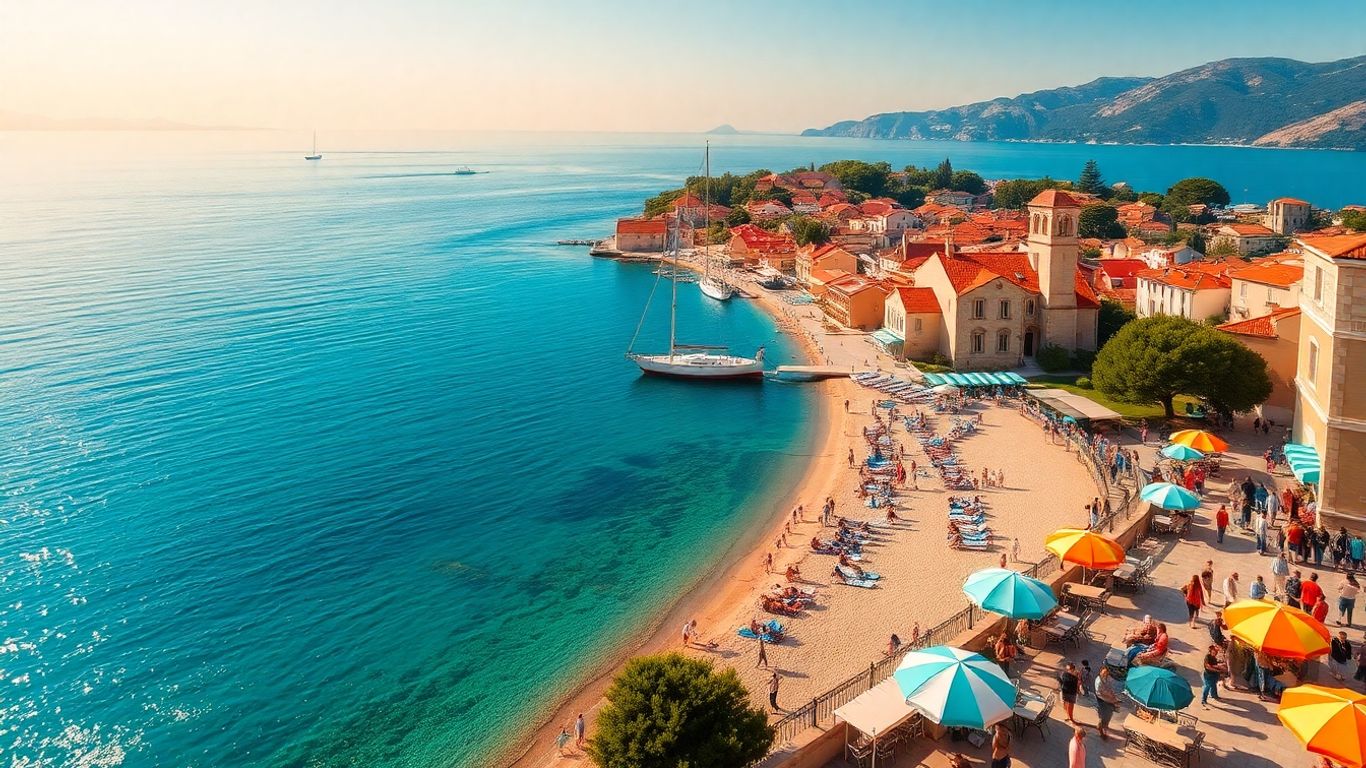Croatia has reported a record-breaking year for tourism in 2025, with unprecedented numbers of arrivals and overnight stays. Despite the impressive figures, industry insiders describe the season as "strange," citing pressures on profits and a shift in visitor spending habits. The positive headline numbers mask underlying challenges within the sector.
Key Takeaways
- Croatia recorded 15.5 million tourist arrivals and 79.2 million overnight stays by August 20, 2025.
- Tourist spending saw a significant increase of 10.4% compared to the same period in 2024.
- Despite growth, hoteliers report weaker revenues and squeezed profit margins.
- Concerns exist about attracting higher-spending guests and the need for improved hospitality and destination experiences.
Record-Breaking Numbers Mask Underlying Concerns
Tourism Minister Tonci Glavina announced that Croatia has experienced a record year for tourist arrivals and overnight stays in 2025. As of August 20, the country welcomed 15.5 million tourists, resulting in 79.2 million overnight stays. This represents a 1% increase from the previous year. The minister also highlighted a substantial 10.4% rise in tourist spending during the January-August period, attributing this growth to fiscal bills. The central bank had previously projected a 3.6% increase in revenues from foreign tourists, reaching 15.5 billion euros for the year. Tourism is a vital component of Croatia’s economy, contributing approximately 20% of its GDP, and efforts are underway to extend the season beyond the peak summer months.
A "Strange" Season for Hoteliers
While the official statistics paint a rosy picture, many in the hospitality industry describe the 2025 summer season as "strange." Experts and hoteliers have noted that despite an increase in overnight stays and overall revenue, profits are under significant pressure. Goran Fabris, a board member of the Rudan hotel chain, pointed out that while hotel capacities continue to expand, guest numbers are not growing at the same pace. He warned that businesses that have not invested in timely upgrades will face difficulties.
Petar Ćurlin, another hotel entrepreneur, shared similar sentiments. His hotel saw an 8% increase in overnight stays, but the peak summer period was less robust than anticipated. Ćurlin explained that higher revenue does not automatically translate to higher profit, citing a 30% drop in his hotel’s net profit last year, which impacts investment capacity and employee standards.
Focus on Quality and Guest Experience
Industry professionals emphasize the need to attract higher-spending guests and improve the overall quality of the tourist experience. Ćurlin observed a trend of more visitors from middle and lower spending brackets, advocating for a stronger focus on attracting tourists with greater purchasing power. He also highlighted a deficit in hospitality, suggesting that many foreign workers, unfamiliar with the local language and culture, contribute to a lack of warmth in guest interactions.
Fabris added that investment in physical infrastructure alone is insufficient; developing entire destinations is crucial. He also noted the rising construction costs, which are hindering further capacity expansion, and a changing attitude among younger workers towards tourism jobs, with many viewing them as temporary stepping stones.
Future Outlook
Although Croatia’s tourism figures remain strong on paper, the sector faces significant challenges related to profit margins, workforce dynamics, and the demand for more authentic guest experiences. Experts agree that sustainable growth will necessitate investment not only in infrastructure but also in human capital and the overall quality of services offered to ensure long-term success.
Key Takeaways
- Croatia reports record tourist arrivals so far in 2025, Reuters.
- “Strange” summer season for Croatian tourism, Croatia Week.






